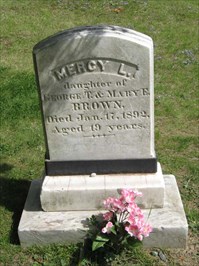A: Cutting for Stone by Abraham Verghese is a great fiction read that gives readers a full picture of Ethiopian life today and also the non-fiction title, The History of Ethiopia by Saheed A. Adejumobi, is a very informative book as well.
Click here to request Cutting for Stone through the library catalog.

Click here to request The History of Ethiopia through the library catalog.

Submitted by Kasia Piasecka, Reference Assistant




